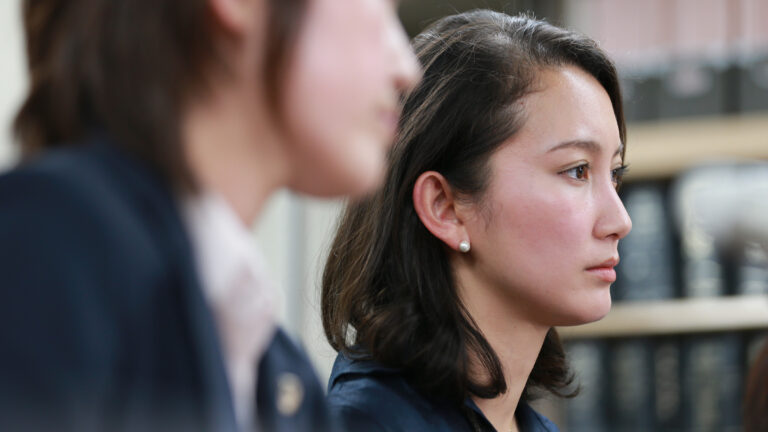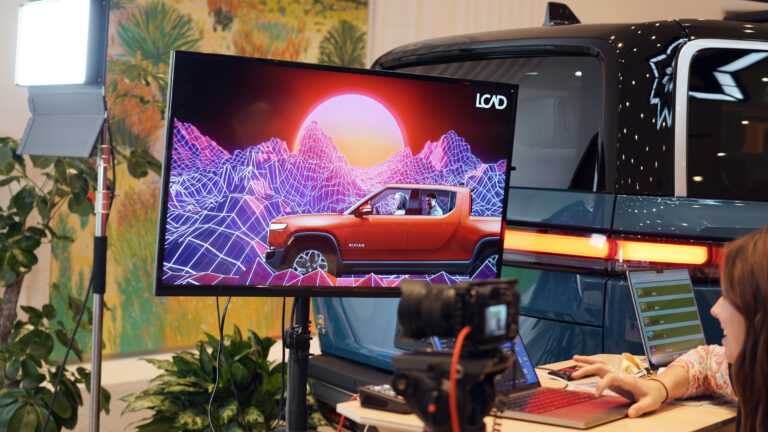Here in Pride Month 2022, we want to believe that we’ve made substantial progress in how we support the LGBTQIA+ community. Parades abound. Major companies actively educate and engage employees in programs designed to foster diversity and inclusion. And LGBTQIA+ filmmakers are being recognized for their work in film festivals from Sundance to Tribeca by increasingly wider audiences.
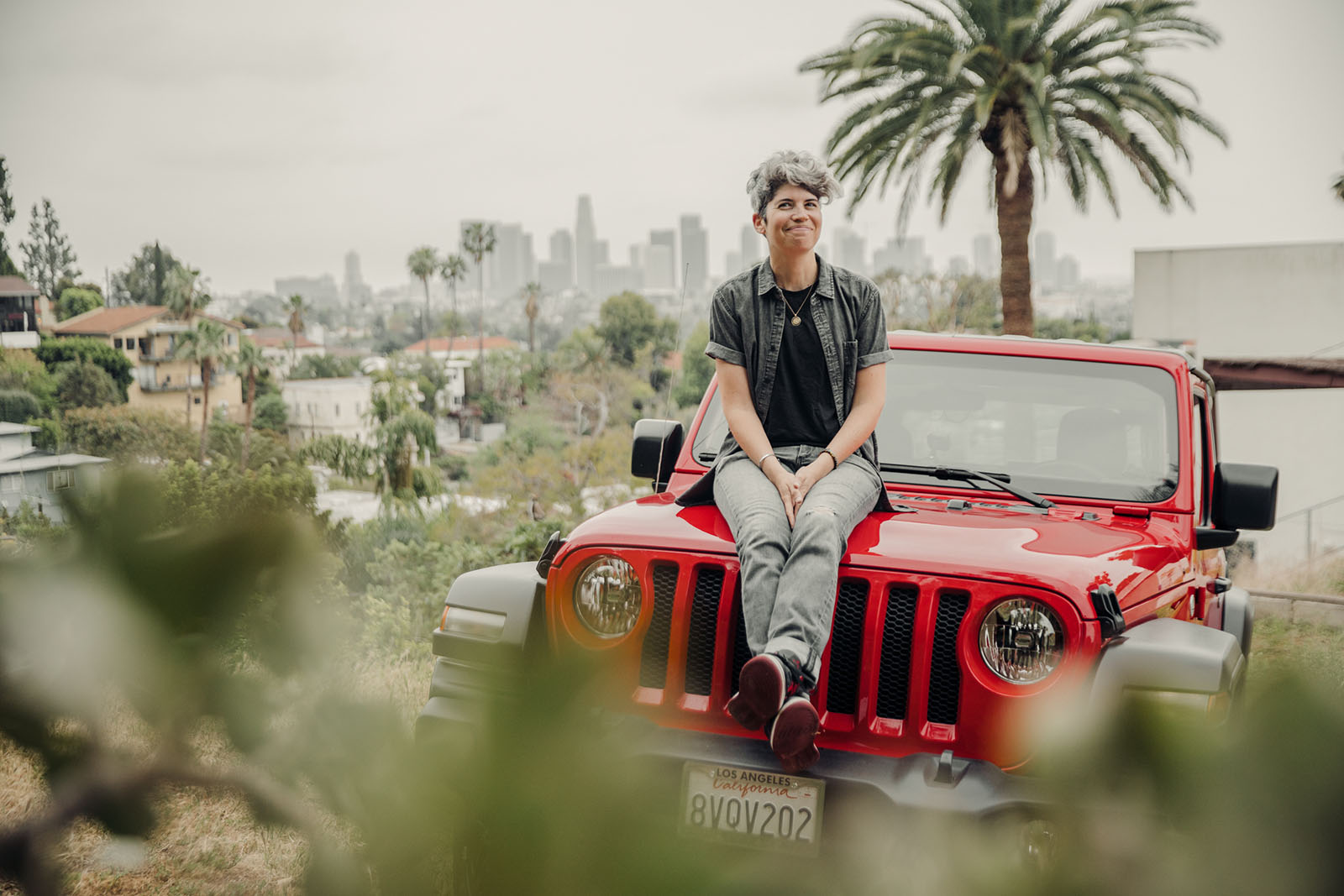
In this installment of Made in Frame we spoke with editor and co-producer Brooke Stern Sebold, whose work on Chase Joynt’s Framing Agnes helps us understand where we began telling stories of transgender individuals, and how far we’ve come—or not—in the past 60-plus years.
Early media attention
If you were alive in the mid-20th century, decades before shows like RuPaul’s Drag Race appeared on mainstream television, you might remember the story of Christine Jorgensen, the first person in America to capture the spotlight for gender confirmation surgery.
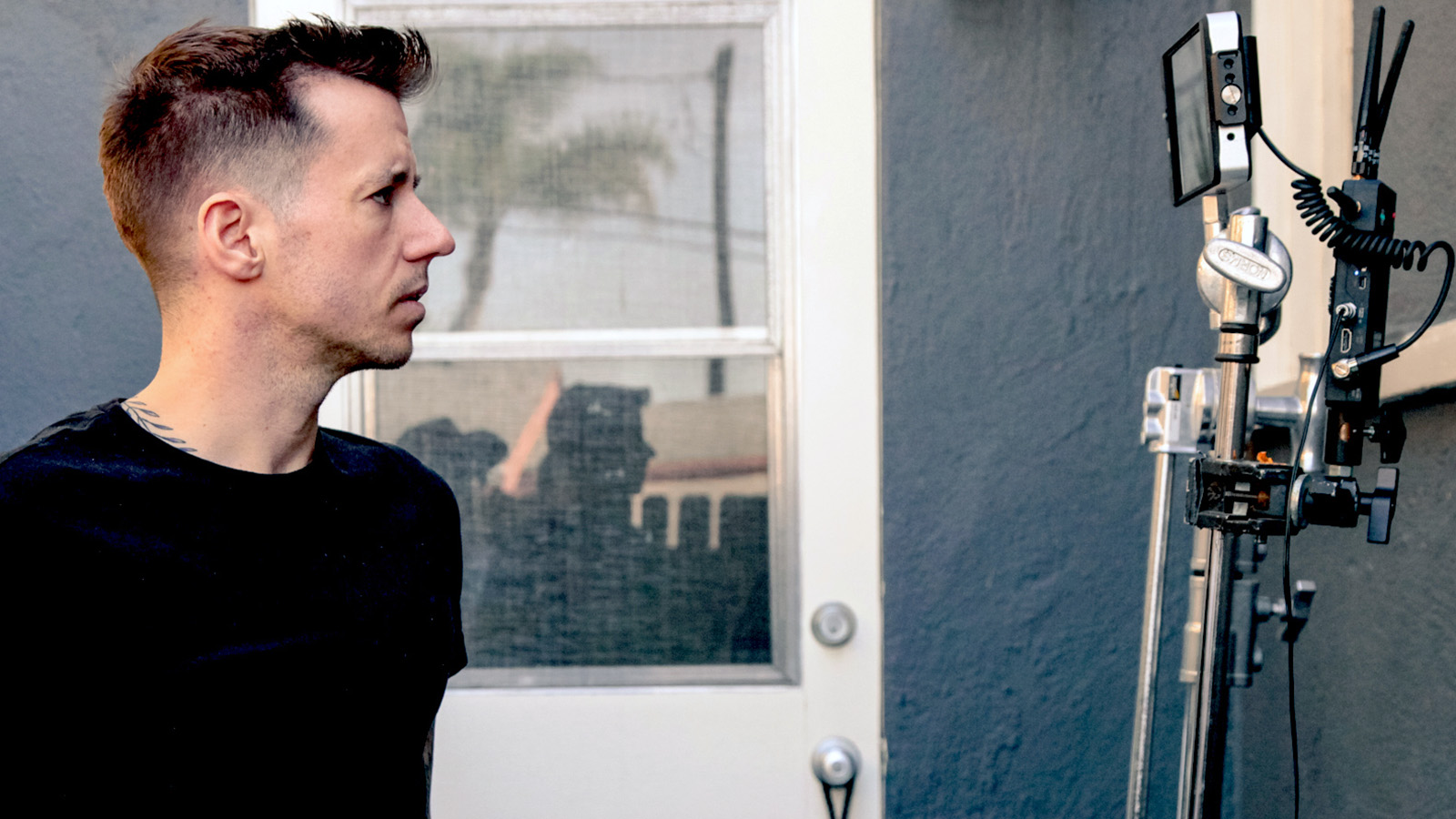
Jorgensen, who served in the Army in WWII as a man, had her surgery in Copenhagen and returned to the U.S. in the late 1950s, where she went on to attain celebrity status as a singer, actress, and transgender rights activist. In June 2019, she was one of 50 American “pioneers, trailblazers, and heroes” included on the National LGBTQ Wall of Honor within the Stonewall National Monument in New York City’s Stonewall Inn.
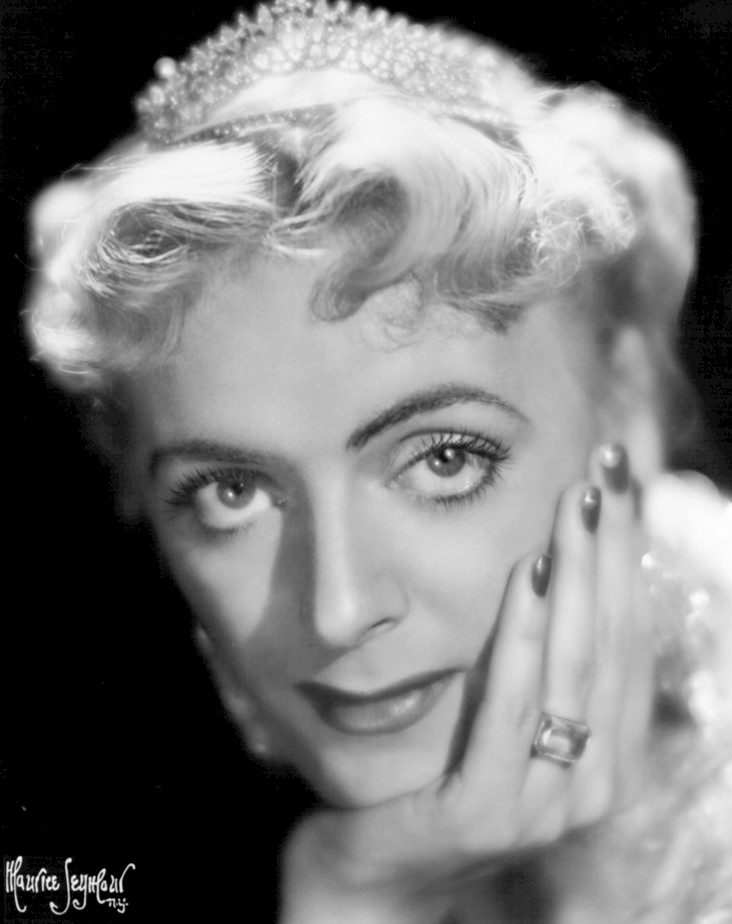
Yesterday to today
Coincidentally, it was at the Tribeca Film Festival in 2019 that director and gender studies professor Chase Joynt’s short film, Framing Agnes, premiered to critical and audience acclaim. Its warm reception encouraged Chase to spend the next four years expanding it into a full-length feature, which went on to have its award-winning premiere at the 2022 Sundance Film Festival.
Inspired by the stories of others who desired to transition as Jorgensen had, and centered around the discovery of a treasure trove of files stored at UCLA from an extensive study of transgender individuals conducted by Dr. Harold Garfinkel during roughly the same time period, Chase and fellow professor Kristen Schilt, along with writer Morgan M. Page, created a unique feature that’s part documentary and part docudrama.
Formatted as an interview show between Dr. Garfinkel and the various subjects—including “Agnes,” a young trans woman, Chase gives life and voice to six of the participants.

Played by a generation of contemporary transgender artists and actors, they reenact the stories as told to Dr. Garfinkel in formal interviews, but also share their own contemporary stories in more casual interview settings one-on-one with Chase.
Framing the story
With six characters and an interviewer, past and present, where do you even begin editing?
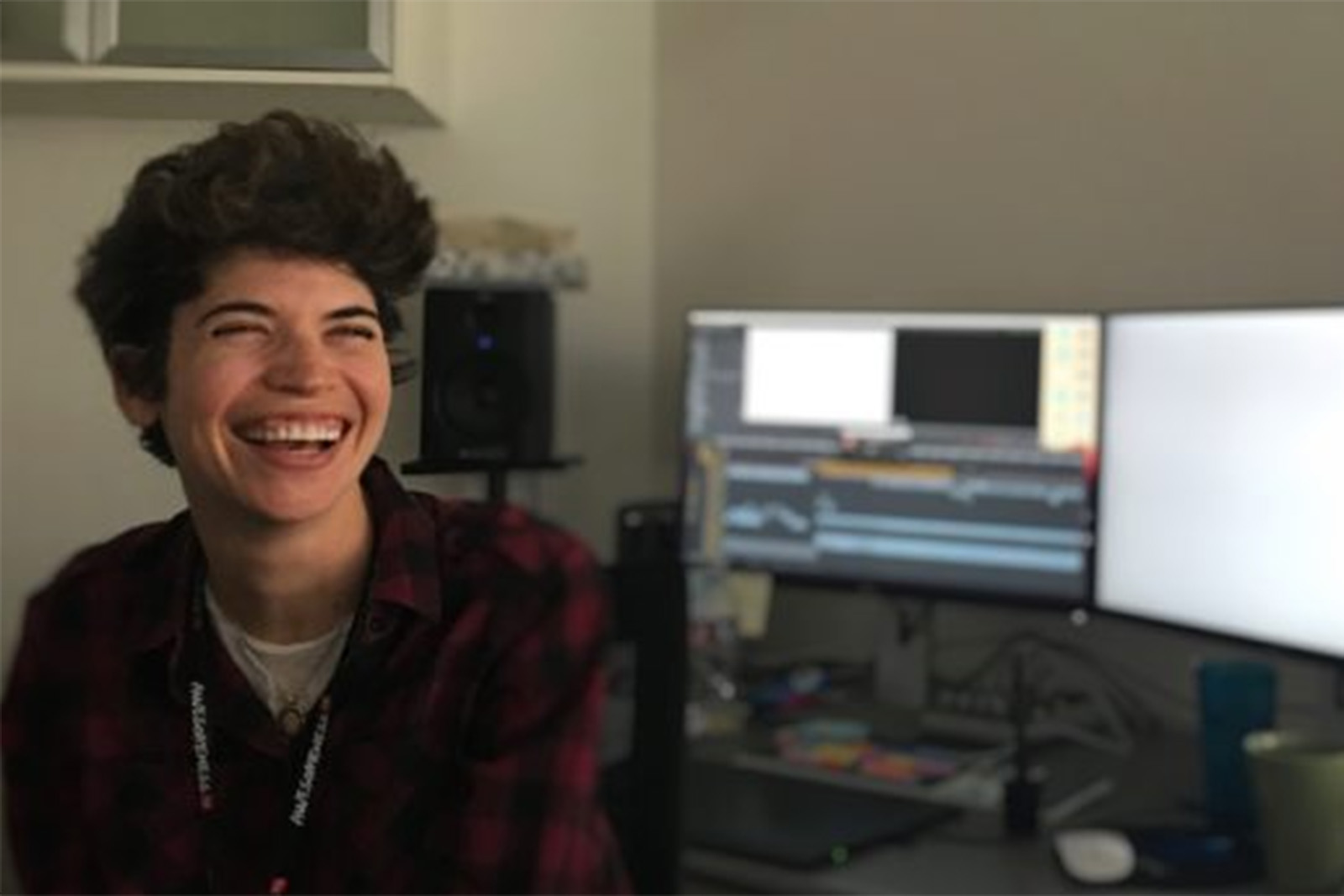
Fortunately, Brooke and Chase go way back. Former roommates and frequent creative collaborators, their instincts and points of view are similarly aligned to the point where they were able—across four years and a global pandemic—to find their way through a labyrinth of stories and ideas.
“Our collaboration is really unique and one that I appreciate because it allows space for a lot of experimentation,” Brooke says. “You can probably tell from the film that Chase comes from the academic world, so a big part of my job was to help take this material that could be cerebral or heady and shape it into an emotional experience for the viewer.”
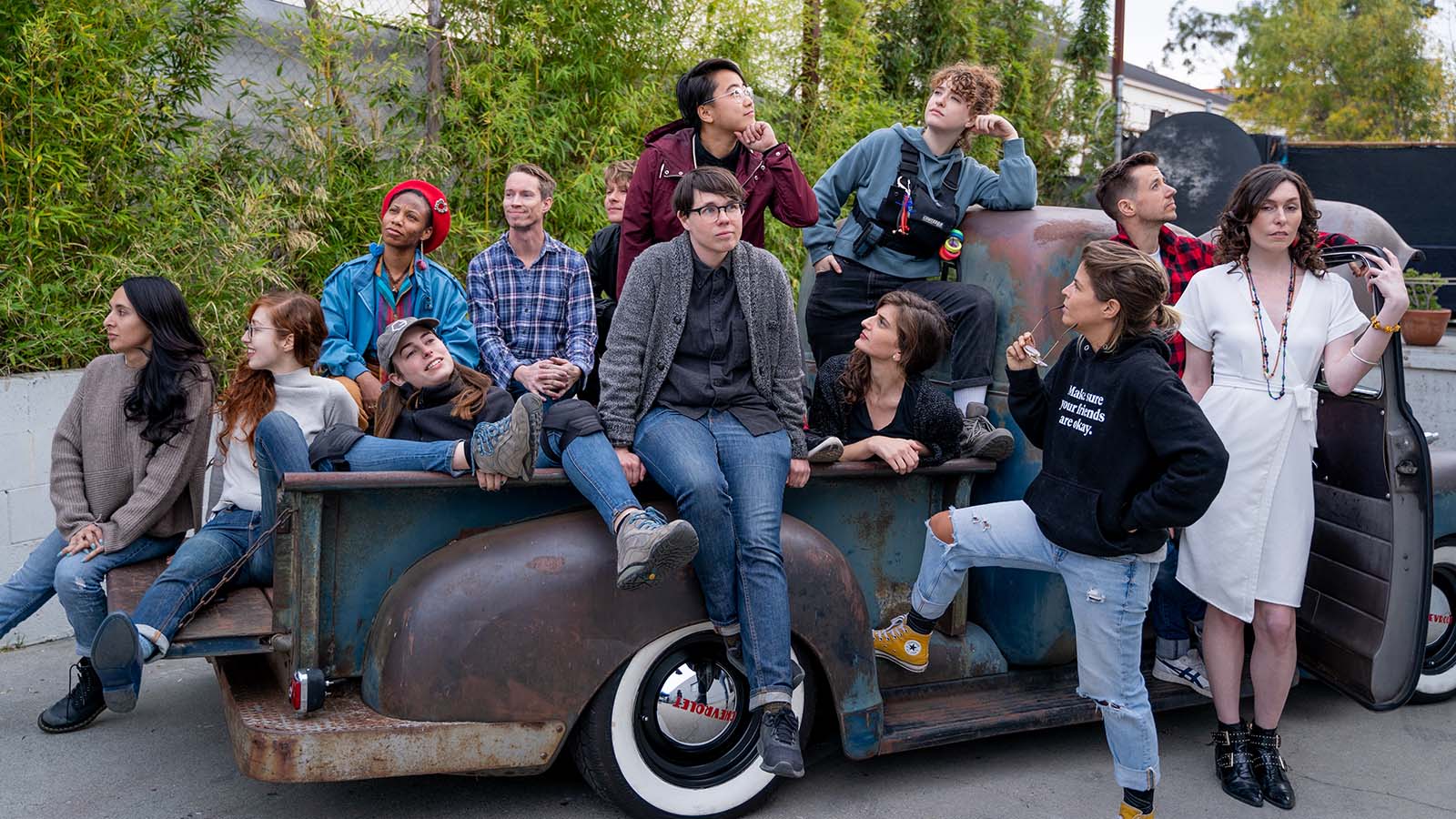
Unlike other documentary-style projects, there actually wasn’t an overabundance of footage, largely because a lot of what they were working with was scripted reenactments based on the original interview transcripts. “We probably only had about 50-60 hours of footage,” Brooke says. “I come from a background in verité docs, which tend to have much more.”
Brooke and Chase started by building the film in segments, working with themes to organize the material. “It wasn’t going to be a typical narrative of following a character through their life,” they say. “There are specific questions where they each address a question—relationships, love, their ability to get a job—so it felt natural to group those ideas together and see how they play off each other.”
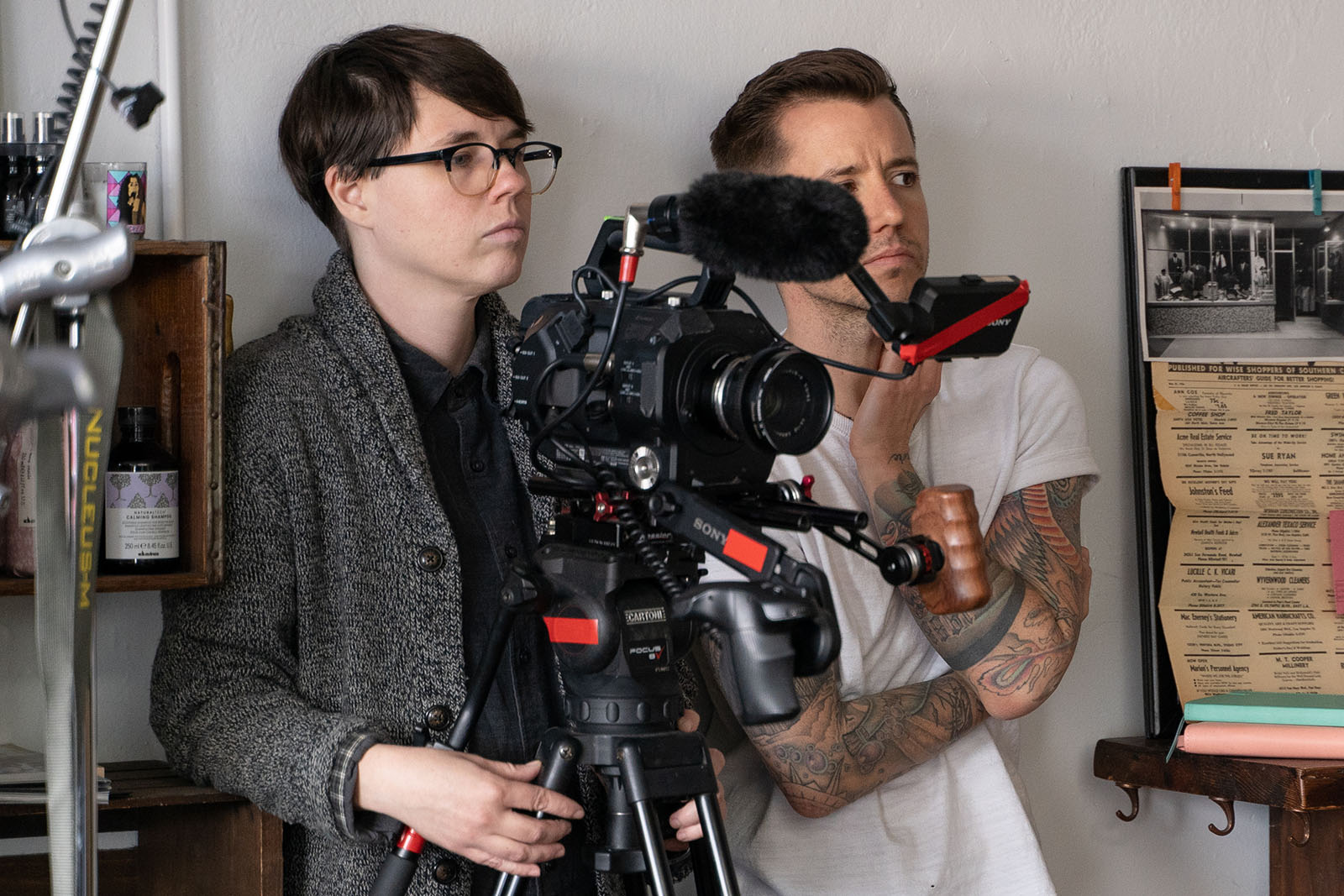
The film, a true labor of love, was cobbled together over four years. “Chase would raise some money and go out and shoot more,” Brooke says. “So it took us quite a while to find the shape of the container that all of this fit into.”
Not until the final shoot did the film find that shape, in the form of historian and scholar Jules Gill-Peterson.
Throughout the years of her extensive research into transgender history, Jules had encountered the story of Agnes. As she explored the interviews with Agnes and the others, Jules was able to articulate the connection between the past and the present, providing the film with the structure that had been missing.
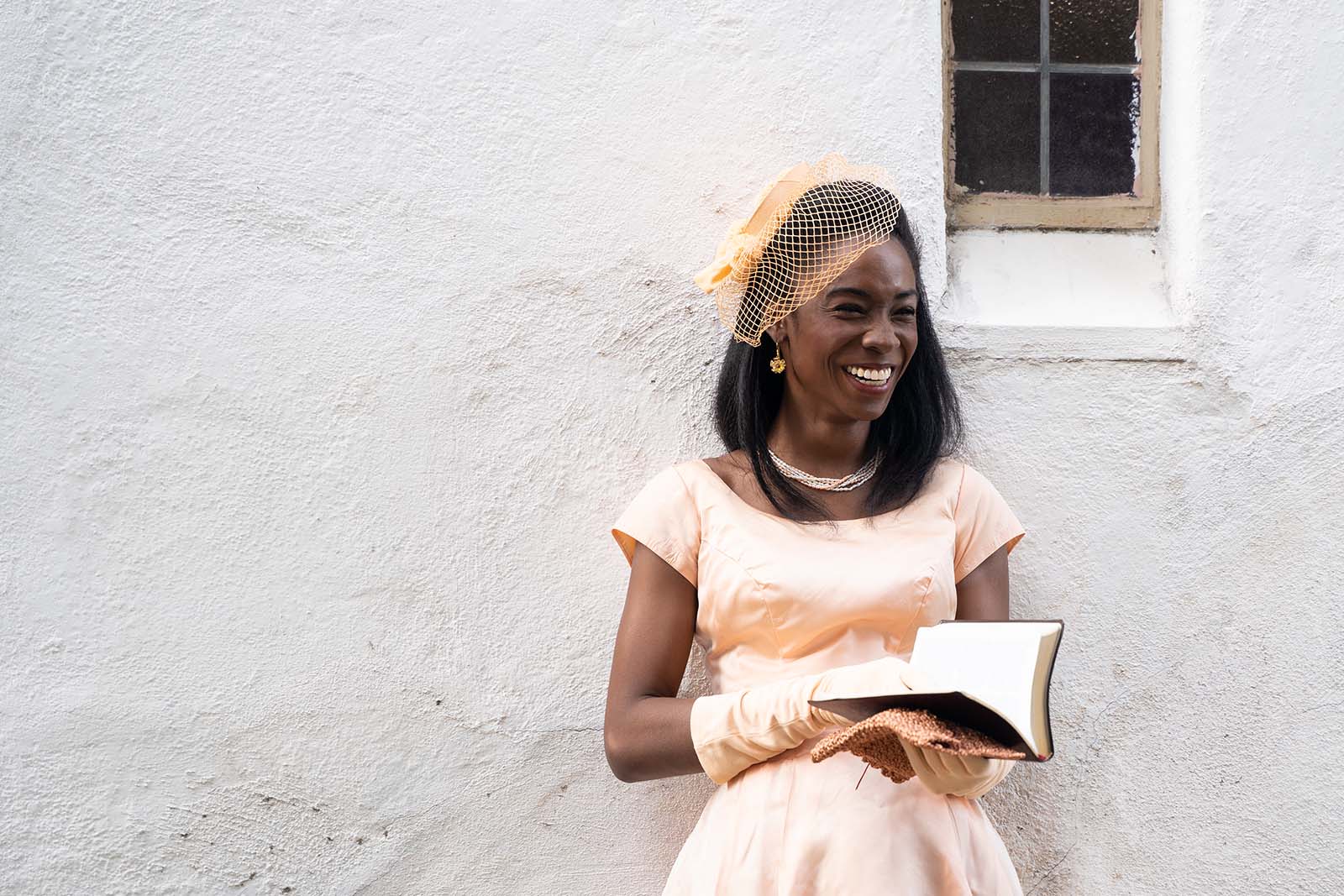
“Jules elevated the reenactments by providing context and an organizing principle for the structure,” Brooke says. “Her narration guides the viewer through themes that build on one another rather than just existing individually.”
A rainbow timeline
Brooke edited Framing Agnes on Adobe Premiere Pro, of which she’s a longtime fan. But particularly for a film that’s made of so many parts and pieces, there were even more advantages to using it.
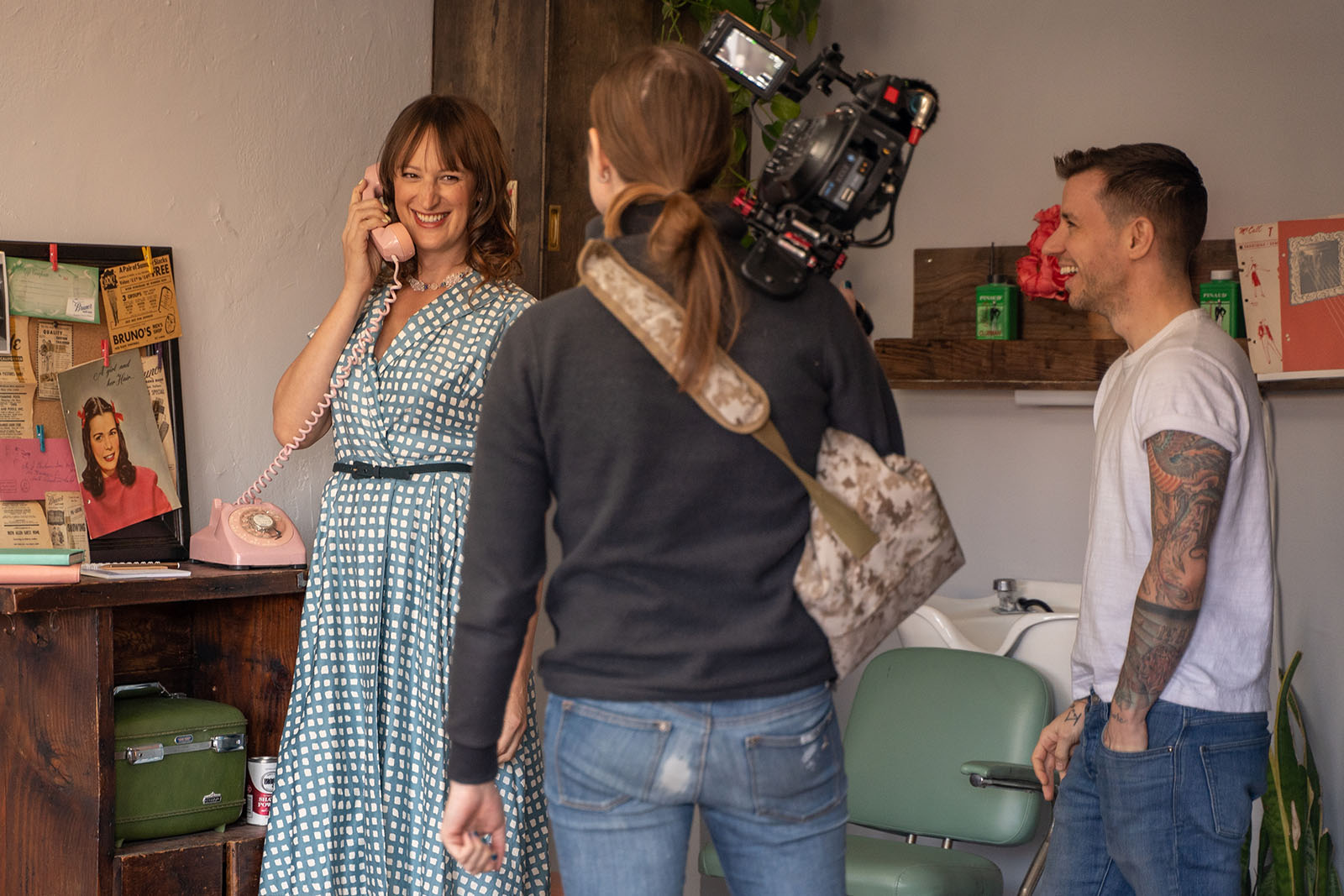
“I’ve worked primarily in Premiere Pro this past handful of years and it’s very intuitive for me,” they say. “One of my favorite tools is just being able to label clips in different colors, which was essential for this project because we had so many characters and so many different themes. So, for example, when they’re talking about love I used blue, and when they’re talking about surgery, I used magenta.”
“Chase and I spoke this kind of color language fluidly because we became so familiar with it. When we could look at the final sequence of the film and see the colors, you could really have a good visual reference for how many dimensions there were to it.”
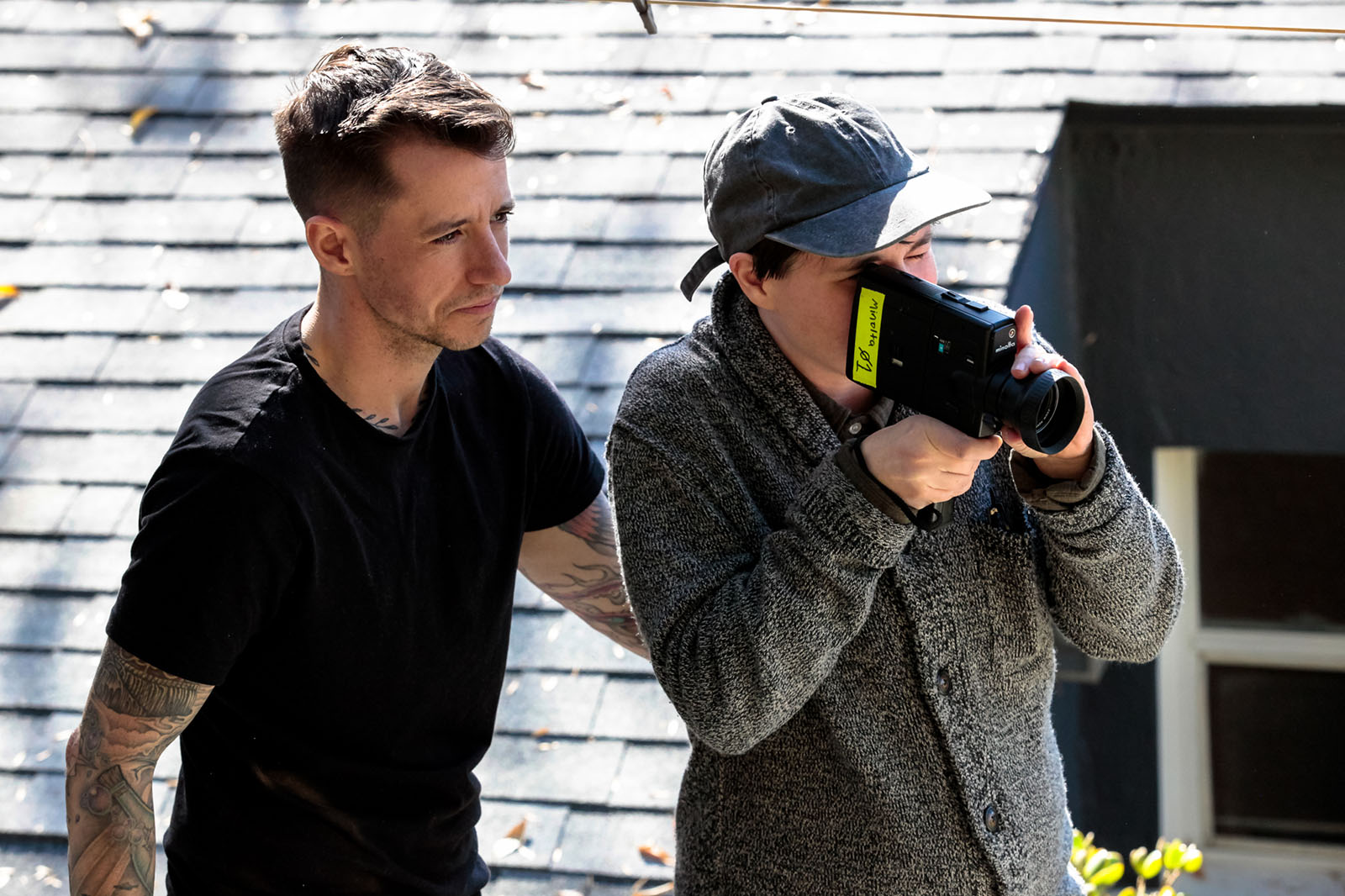
Because Brooke and Chase were working on the film for so many years, they were also able to appreciate the development of Premiere Pro as a tool. “I had to update the software as we were working,” Brooke says. “I don’t love doing that mid-project, but in this case I was able to see that Adobe was ironing out bugs and becoming a much smoother experience.”
“I also have all of my shortcuts, so I don’t have to think about the program itself much. It all becomes very seamless,” Brooke says.

With all the characters, themes, and time periods, Brooke’s timeline became quite colorful. “It made our sequences look like a rainbow,” they say. “Which made me very happy!”
Despite the large group of collaborators in the project, their use of Frame.io had more to do with sharing cuts or screeners, with notes happening more as “real” conversations. It comes as no surprise—with a group of artists and academics, the discussions were expansive and deep, as is evidenced in the film and in subsequent interviews.
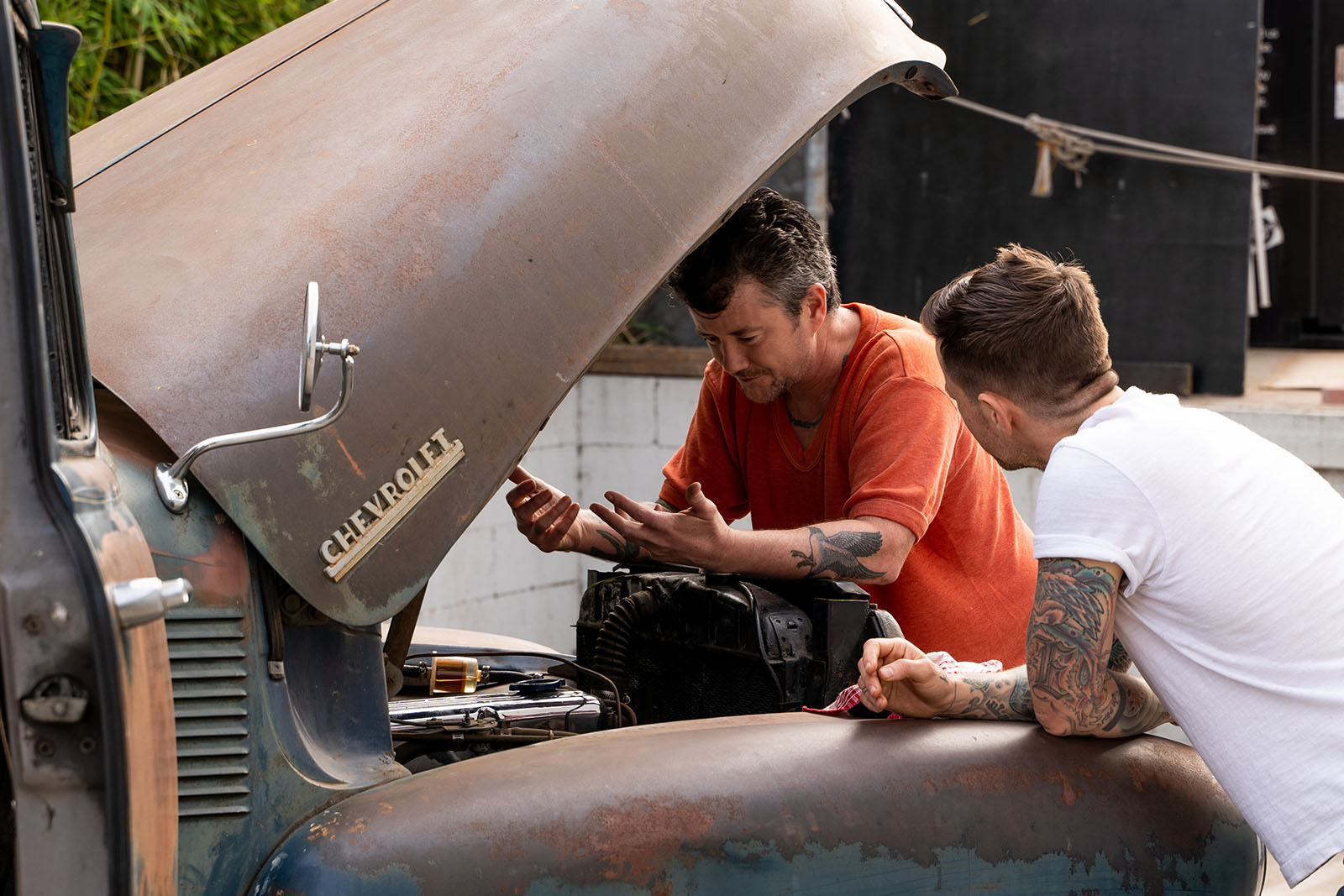
Form follows function
According to Brooke, one of the advantages of the lengthy production period was the way the world changed while they were working. The fact that LGBTQIA+ awareness has grown to become more mainstream allowed the filmmakers to dig into their subject matter in ways that are more complex, and were less obvious when they first started.
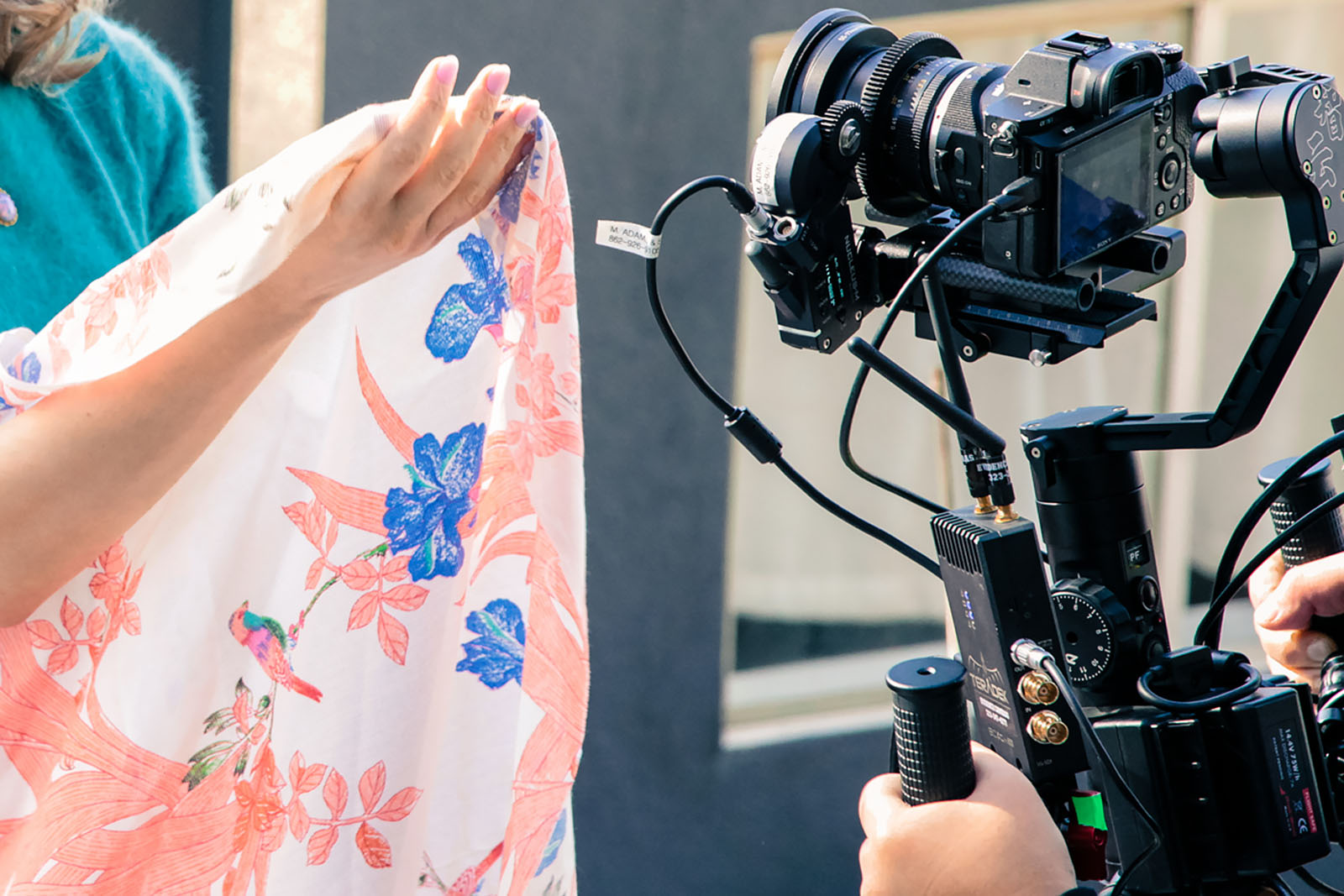
There are several important takeaways from this film, and one is that when you set out to make a movie about what it is to be transgender, it becomes clear that you can’t describe it as one definitive experience that fits all. No two people experience their lives in exactly the same way, so to lump people together by gender identity would only diminish their individual stories.
In that spirit, Chase and Brooke set out to make the film’s form reflective of the subject matter. The trans experience, in all its diversity, is underscored by the jumps in time between the characters of the past and the actual transgender artists who play them. Filmmakers, performance artists, poets, writers, Black, white, male, female, young, and older—all bring their unique perspectives to the film, revealing the ways in which their lives are both similar to and different from the previous generation’s.
Filmmakers, performance artists, poets, writers, Black, white, male, female, young, and older—all bring their unique perspectives to the film.
In one poignant segment of the film, we see an excerpt from Katie Couric’s daytime talk show, in which she interviews Laverne Cox and Carmen Carrera. In much the same way that Dr. Garfinkel focuses on defining gender by genitalia, Couric persists in asking them whether they’ve had gender confirmation surgery, which both decline to answer. It serves as a lesson to the audience in its time (2014) but also leads to another of the key themes in Framing Agnes—that of visibility versus invisibility.
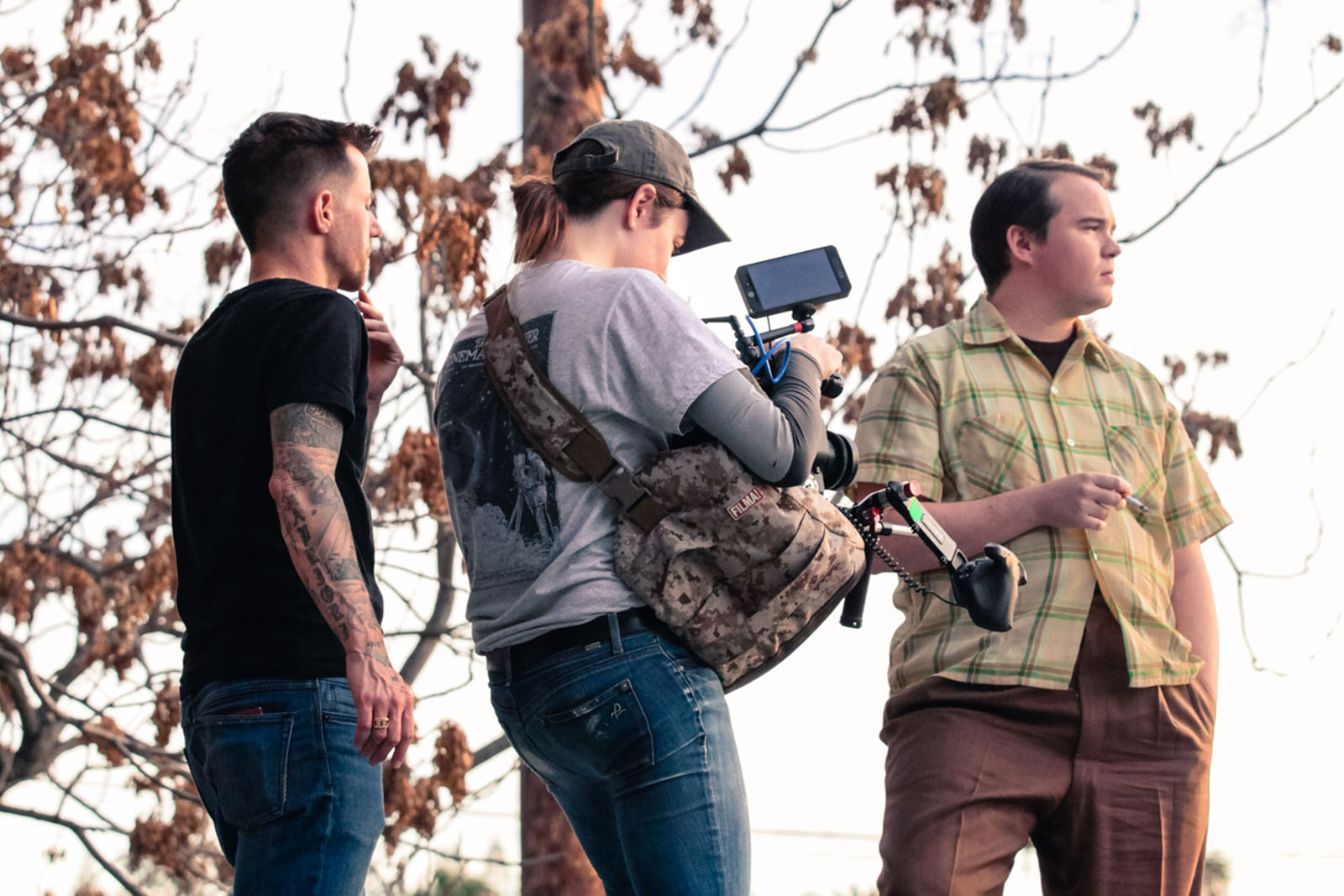
Christine Jorgensen embraced her celebrity, using it as both a way to earn a living and as an opportunity to advocate for other transgender people. But what is advantageous about “being seen” for some is not the case for all. Cox uses her platform to talk about how trans women—and particularly those of color—are frequent targets of violence and are at a startlingly higher risk for experiencing homelessness, discrimination, and poverty.
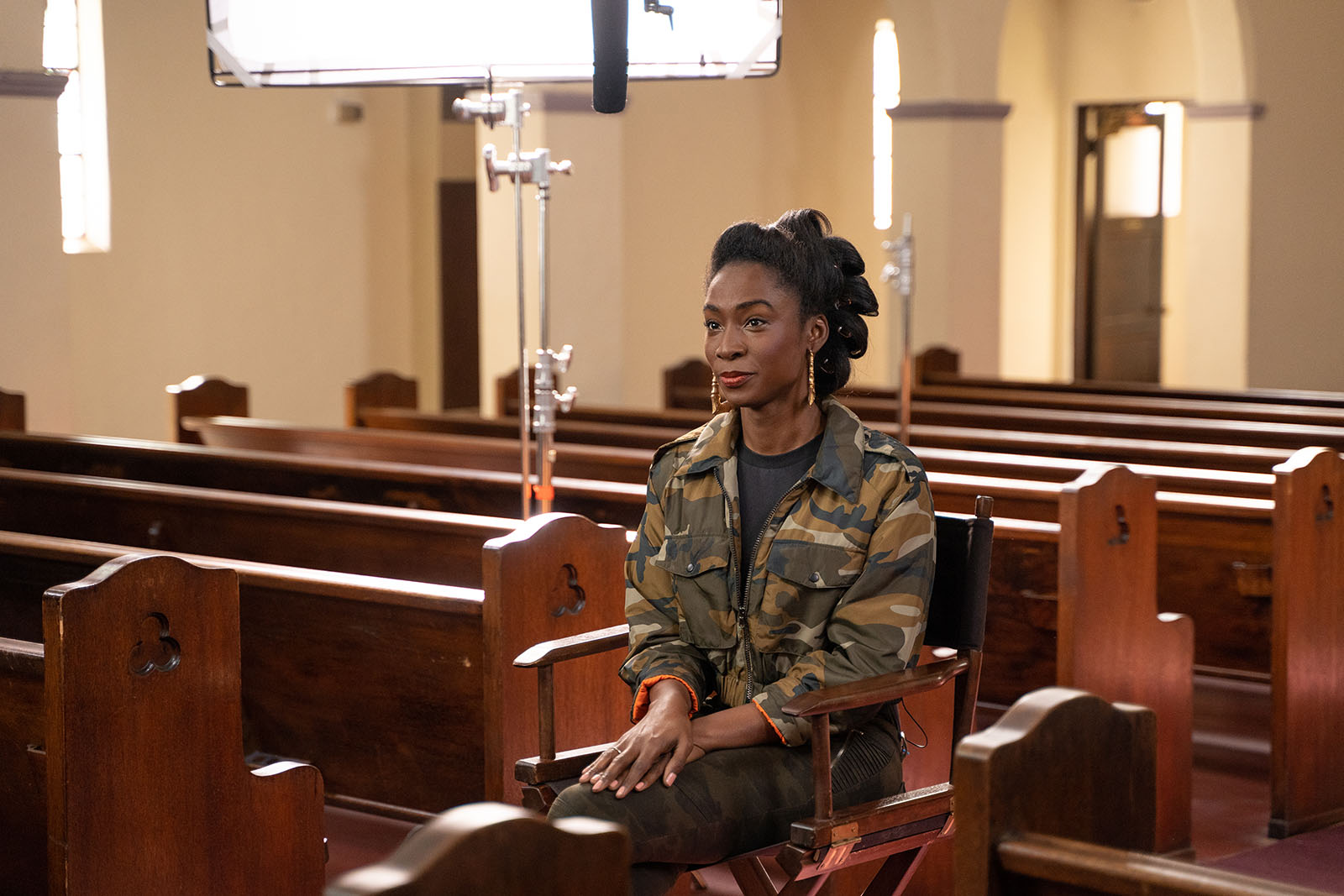
As actor/activist Angelica Ross (who plays the role of Georgia) explains in her present-day interview, cis women are allowed to come in all sorts of shapes and sizes—tall, deep-voiced, muscular—and are accepted. Trans women, especially if they appear to have too many “masculine” features, are not. And like Cox, Angelica Ross expresses the question of whether visibility is a blessing or a curse, stating that for those who are more privileged it is, while for the less privileged, invisibility can be crucial to their very survival.
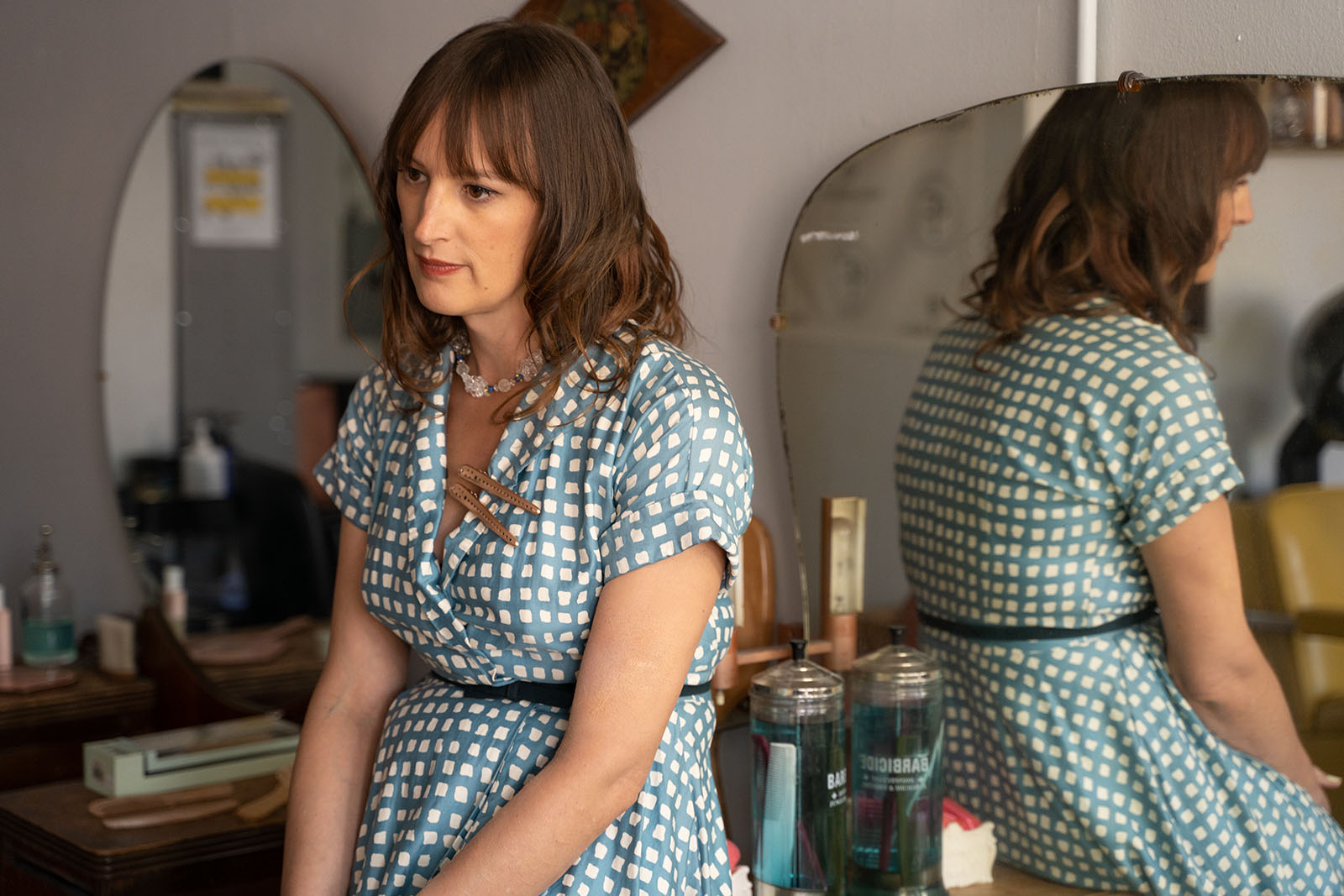
It’s an idea that Jules takes several steps further. Invisibility is itself a form of privilege. She talks about the participants in the UCLA study, but wonders whether it’s better not to be seen—to be “othered.” The idea of true acceptance in society may not live with being noticed and “accepted.” It may be that not being noticed for one’s perceived differences is the real privilege.
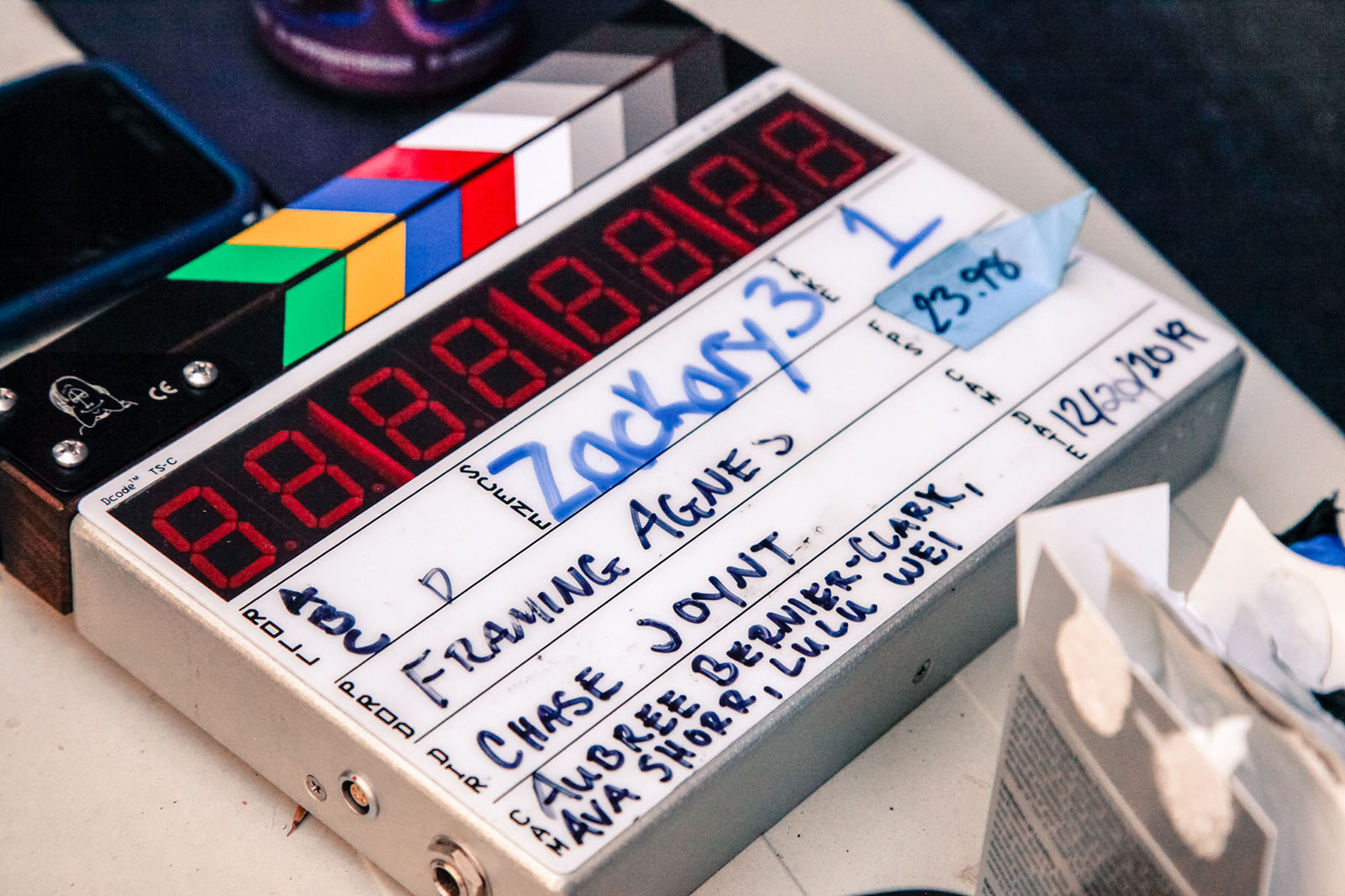
Which brings us back to yet another way in which this film’s art imitates life. Brooke acknowledges how readily it’s been embraced by those outside the trans community, with audience awards at Sundance and inclusion in the recent Hot Docs festival in Toronto.
Yes, the film has a large number of transgender contributors, but it goes to great lengths to humanize the dilemmas of its historical characters, while giving their present-day counterparts the freedom to discuss what has changed—as well as what still needs to.
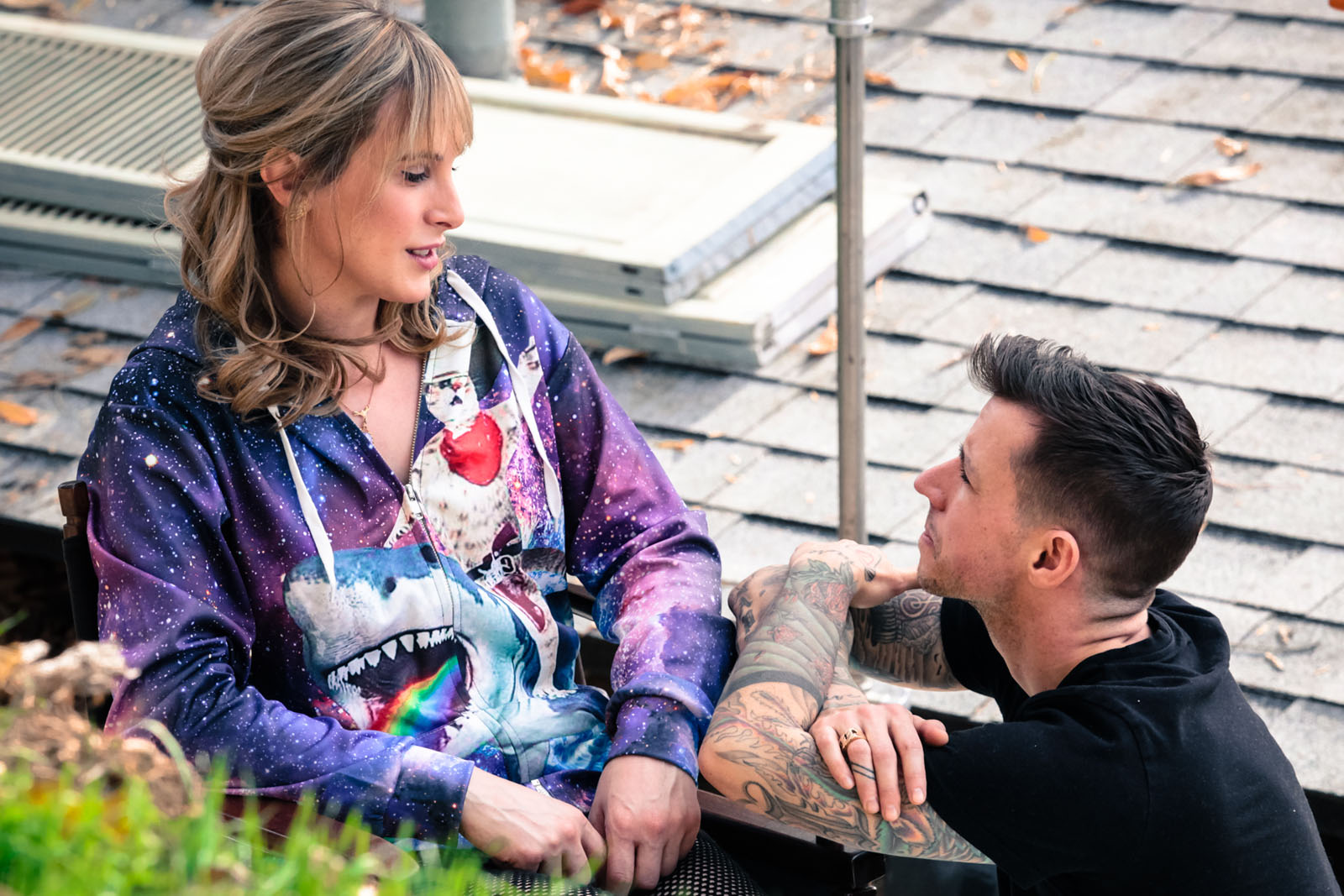
Hope for the future
At present, there’s reason to be both optimistic and pessimistic about the future. As Brooke points out, “Gen Z and the way they view gender constructs is very exciting for me.”
And it’s not just Gen Z. According to a 2021 article in The Advocate, 56 percent of millennials believe that traditional gender roles and labels that relate to the gender binary are outdated. That’s the good news.
The flip side are the plethora of laws that have been proposed or passed to restrict gender-affirming care to transgender children or to prosecute parents who seek to support their children’s transitions. Laws like these are not just punitive, they’re regressive in terms of undoing the progress we’ve made over the past 60 years.
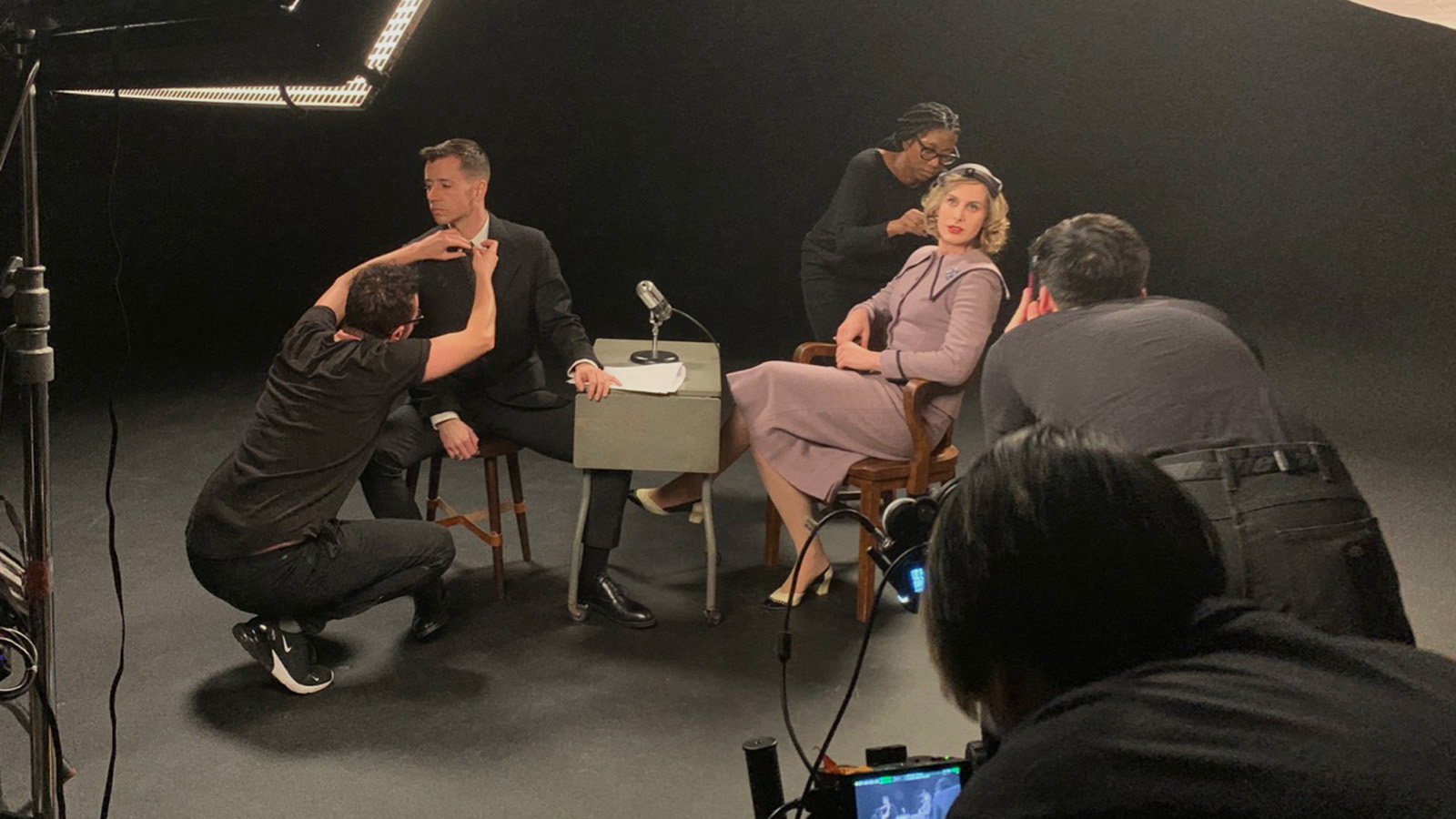
As Brooke and the filmmakers of Framing Agnes say, “It feels like things are getting better and worse at the same time.” Which is why films like this are so important.
An autobiography written by one of the characters in the film, a trans man called Henry (who the filmmakers believe may have died by suicide), perhaps best articulates what we could all stand to be reminded of. “There is not as much difference between men and women as our society would have us believe,” Jules says, reading from the manuscript.
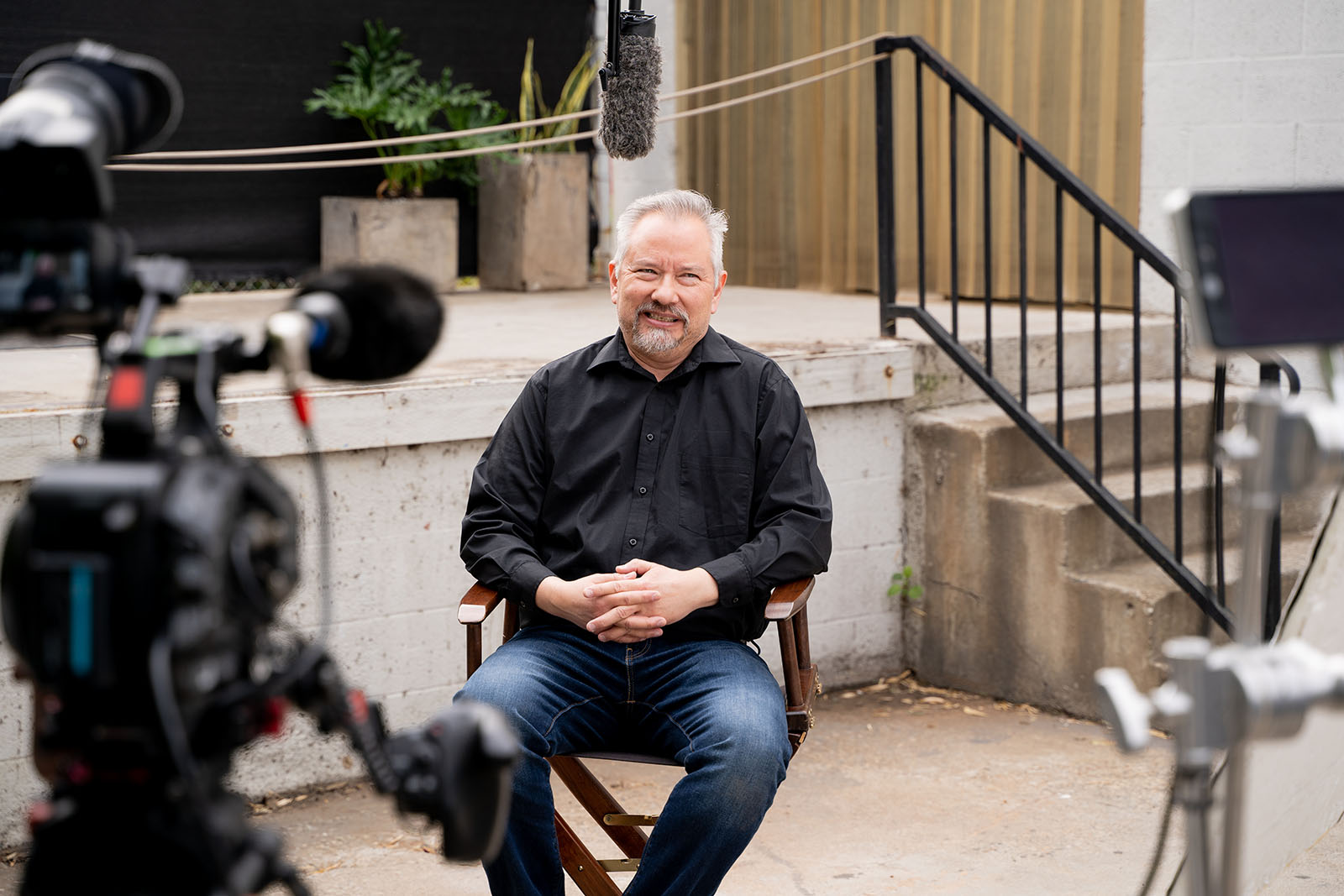
“Both sexes have hearts that can be light with pressure or heavy with misery. Both have tear ducts, but men are not supposed to use them. Both have muscles, but it is not considered feminine for a woman to develop hers. If only we could learn to live with each other as individuals. Sharply we separate the sexes. We place them in boxes marked male and female, slam shut the lids and care not whom we suffocate in the name of conformity. I defied the law of standardization. Consequently, I belong in neither box, yet I have been inside both.”
I belong in neither box, yet I have been inside both.
While there’s never been a time in history when a more humanist approach wouldn’t have benefitted our species, as we now approach a world population of nearly 8 billion people, it’s probably fair to say that focusing more on what makes us alike than different can’t come a moment too soon.
“What excites me most about the film is its accessibility,” Brooke says. ““It meets you exactly where you are and from wherever that may be, challenges you to think more expansively. It feels kind of quietly revolutionary.”
Adobe’s corporate ethos is that everyone deserves the opportunity to create and make their voice heard. Which, if you think about it, is kind of quietly revolutionary, too.



